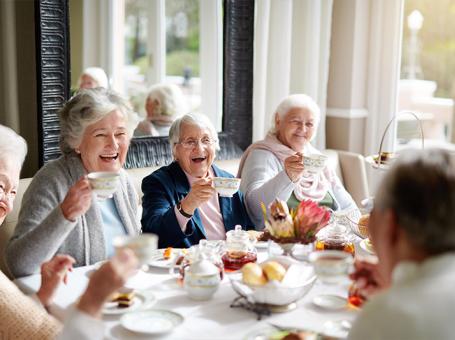Medical Care
From learning how to stay well to the ins and outs of major surgery, we’re here with everything you need to know about seeking care in TidalHealth hospitals.
Learn More About Medical Care about this website
Being near home and family is important no matter what condition you are facing. From cancer journeys to sleep help to middle-of-the-night emergencies, we are nearby with the best doctors, patient care and health outcomes.
About Us
We are better together on the Delmarva Peninsula. With 120+ years of care under our belt, you can be sure the TidalHealth team is here for you.
Learn More About TidalHealth about this website
We like to say that a rising tide lifts all boats. Our talented physicians and staff give you exceptional care no matter what brings you to our doors.
Community
At TidalHealth, community is our core. We put people at the center of all we do because we know that the best care can only be delivered on the foundation of a strong relationship and genuine connections.
Learn More About Our Community about this website
From education to support groups and preventative screenings, TidalHealth is right beside you on your wellness journey.
Team Member Login
If you are a TidalHealth Team Member, please access the Team Hub Section via the Login Below.Login to TidalHealth's Team Hub